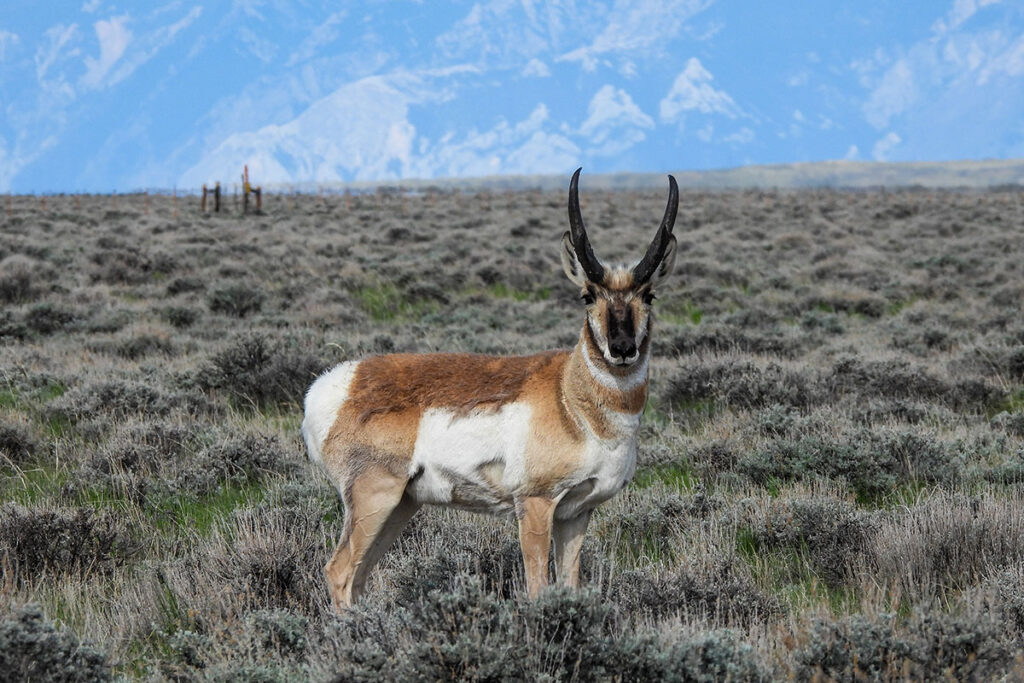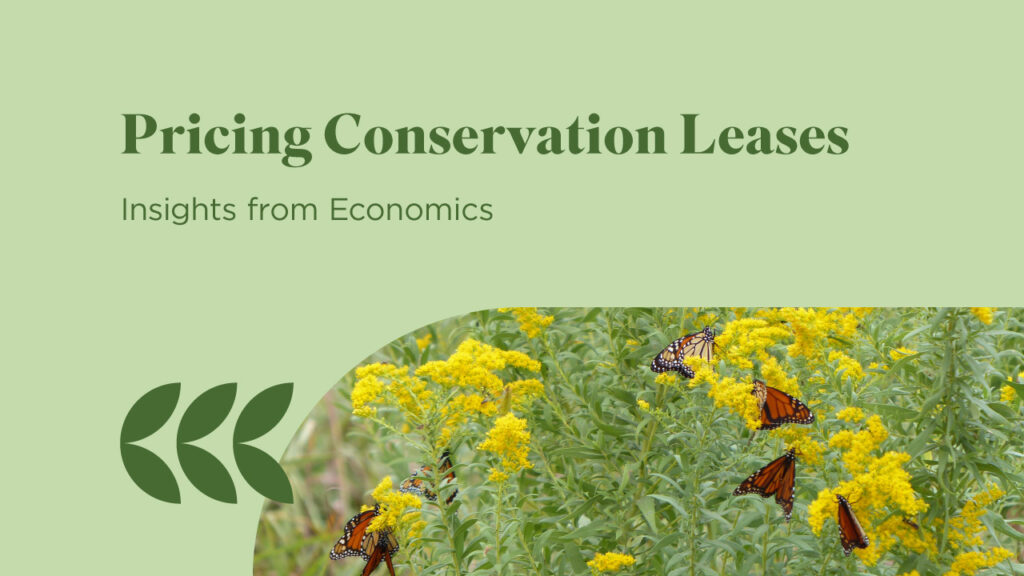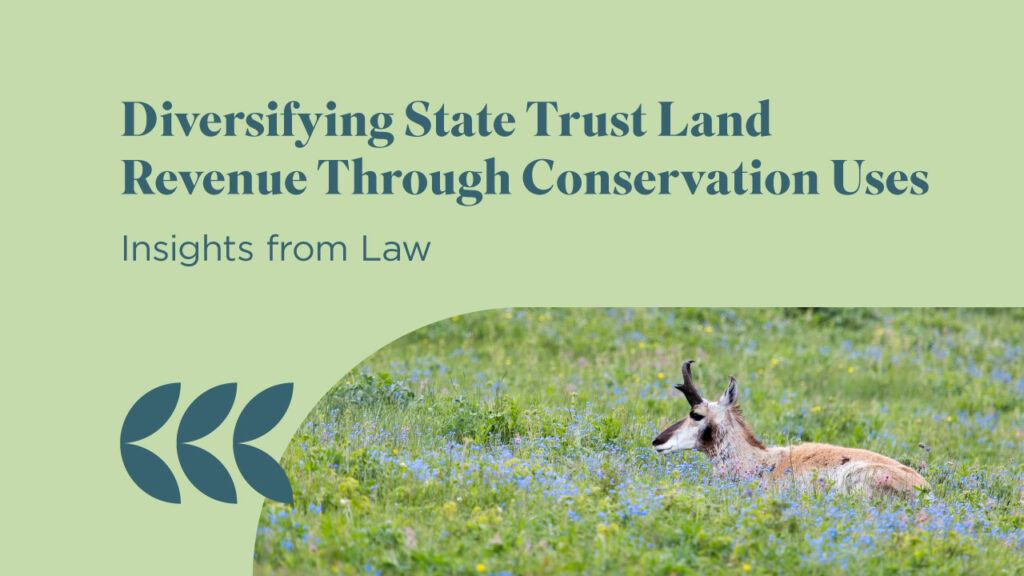
Conservation leasing is emerging as a new way to conserve public lands, and changing the way we think about land use in the process.
This model of voluntary conservation—in which publicly managed natural resources are allowed to be leased not just for grazing, timber harvesting, or energy development, but also for conservation, recreation, or other non-consumptive purposes—has already been successfully deployed on private lands. PERC’s elk occupancy agreements, for example, have helped conserve and restore critical habitat for elk herds migrating through the Greater Yellowstone Ecosystem. Similar models can help provide conservation benefits on public lands while balancing existing uses.
The fact is that people value conserving public land parcels through activities like restoring wildlife habitat or improving water quality. Conservation leasing has the potential to tap into the economic value of conservation as well as the complementary outdoor recreation opportunities that it provides in many cases.
New Research
As state and federal agencies continue to confront the question of how to resolve competing demands over public land uses, PERC’s newest research offers valuable insight into how conservation leasing can be implemented on the ground—and in ways that are economically rational and legally justified. How should conservation leases be priced? What should lease auctions look like when conservation interests have a seat at the table? Can state trust lands better maximize revenue by including conservation as a valid use of state lands? All of these questions and more are addressed in our two newest reports.
Using key economic principles, Pricing Conservation Leases: Insights from Economics by past PERC Lone Mountain Fellow Daniel Kaffine aims to help inform how to price conservation leases, particularly in the context of state trust lands. Kaffine is a professor in the Department of Economics and an institute fellow in the Renewable and Sustainable Energy Institute at the University of Colorado Boulder. As conservation demands continue to grow, this brief offers lessons for government agencies as they develop conservation leasing guidance.
And in Diversifying State Trust Land Revenue Through Conservation Uses: Insights from Law, PERC Senior Fellow and University of Wyoming law professor Temple Stoellinger explores how states can incorporate conservation as a valid use of state trust lands. It examines the legal status of these uniquely managed lands, the economic benefits of the trust model, and the potential revenue generation of different conservation uses.
Ultimately, conservation has value, and those who would like to express that value ought to be allowed to participate in public land leases. By opening up the process of conservation leasing, agencies can tap new markets for wildlife habitat, water quality, outdoor recreation, and more. If thoughtfully applied, conservation uses can function cooperatively with traditional uses, providing more opportunities to generate revenue and steward lands.




